Home>Garden Essentials>How Much Is Fake Grass Per Square Meter
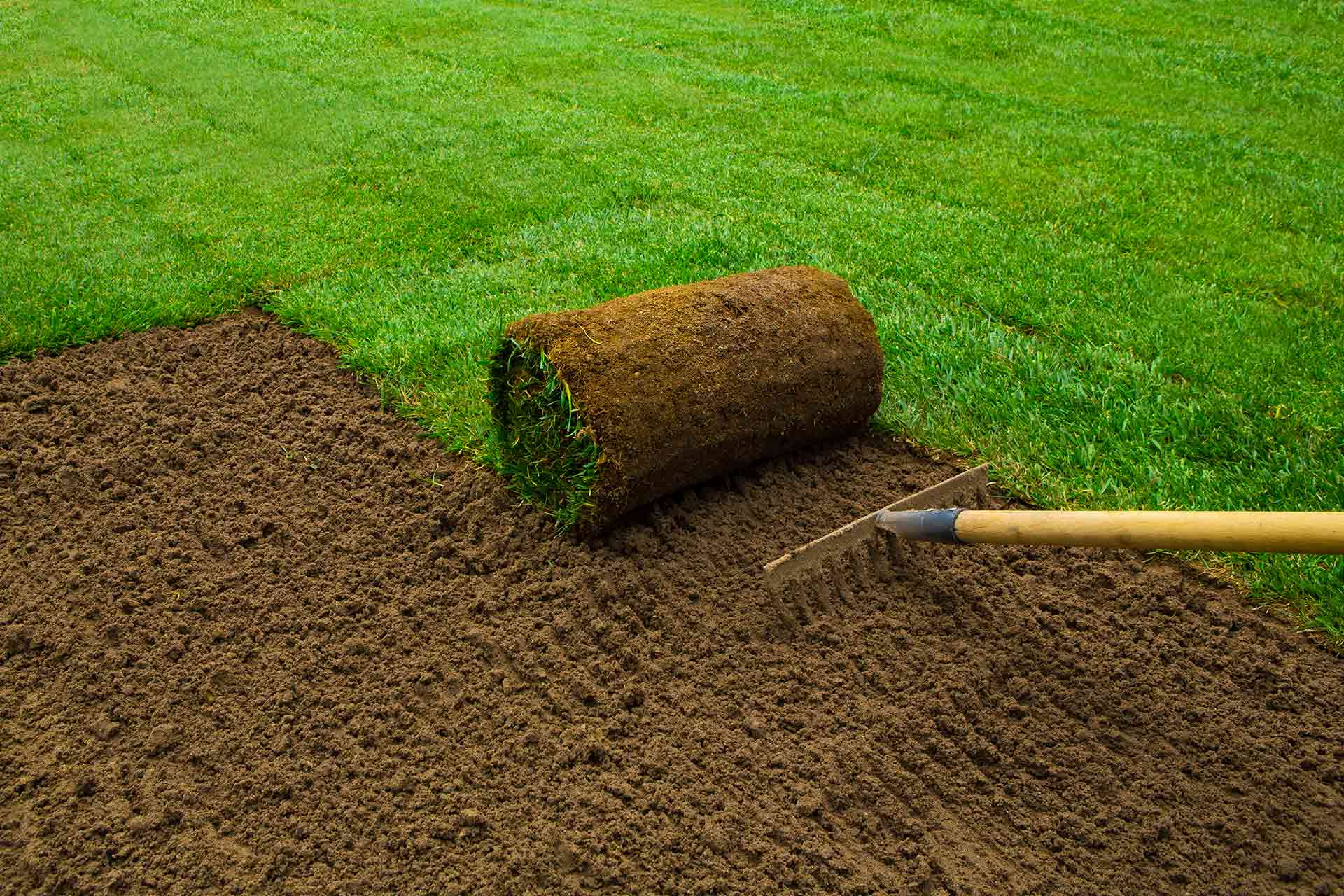

Garden Essentials
How Much Is Fake Grass Per Square Meter
Modified: March 7, 2024
Discover the cost of fake grass per square meter for your garden renovation. Get the best prices for high-quality artificial turf and transform your outdoor space today.
(Many of the links in this article redirect to a specific reviewed product. Your purchase of these products through affiliate links helps to generate commission for Storables.com, at no extra cost. Learn more)
Introduction
Welcome to the world of synthetic turf, where the beauty of nature meets the convenience of low maintenance. Fake grass, also known as artificial grass or synthetic turf, has become increasingly popular in recent years as an alternative to natural grass.
With its realistic appearance, durability, and ability to withstand heavy foot traffic, fake grass is revolutionizing the way we think about outdoor spaces. Whether you have a small balcony, a sprawling backyard, or a commercial property, fake grass offers a green, lush solution that requires minimal upkeep and provides year-round enjoyment.
In this article, we will explore the cost of fake grass per square meter, taking into account various factors that can influence the price. Whether you’re considering adding artificial turf to your garden, playground, or sports field, understanding the cost implications will help you make an informed decision.
In addition to discussing the average price range of fake grass, we’ll also highlight some important considerations such as additional costs, installation options, and the pros and cons of choosing artificial turf. By the end of this article, you’ll have a clear understanding of how much you can expect to pay for fake grass and whether it’s the right choice for your needs.
Key Takeaways:
- Fake grass costs $20 to $40 per square meter, influenced by quality, pile height, installation difficulty, accessories, and location. Consider long-term value and quality for a satisfying, long-lasting investment.
- Additional costs for installation, ground preparation, accessories, and maintenance should be factored in. DIY saves money but requires expertise, while professional installation offers expertise, time savings, and warranty coverage.
Factors Affecting the Cost of Fake Grass
When it comes to determining the cost of fake grass per square meter, there are several factors that come into play. These factors can vary depending on the specific requirements of your project and the quality of the artificial turf you choose. It’s important to understand these factors to get a better idea of what influences the price. Here are some key considerations:
- Quality of the Fake Grass: The quality of fake grass can vary significantly. Higher-quality artificial turf is often more durable, realistic-looking, and long-lasting. It may include advanced features such as high-density fibers, UV resistance, and superior drainage. As a result, higher-quality fake grass tends to come with a higher price tag.
- Pile Height and Density: The pile height refers to the length of the grass fibers, while the density refers to the number of fibers per square meter. Longer pile height and higher density can contribute to a more natural and luxurious appearance. However, these features can also increase the cost as they require more materials and advanced manufacturing techniques.
- Installation Difficulty: The complexity of the installation process can affect the overall cost. Factors such as the size and shape of the area, the need for additional ground preparation, and any obstacles that need to be overcome can impact the labor and time required. If the installation is more challenging, it may result in higher installation costs.
- Accessories and Add-ons: Various accessories and add-ons can enhance the functionality and aesthetics of your fake grass. These may include weed barriers, edging materials, padding, infill options, and even custom designs. The inclusion of these extras will contribute to the overall cost.
- Location: The location of your project can also affect the cost of fake grass. Prices can vary based on factors such as local labor rates, transportation costs, and the availability of specific types of artificial turf in your area.
Keep in mind that these are just a few of the factors that can influence the cost of fake grass. It’s important to consult with a professional supplier or installer who can assess your specific needs and provide an accurate estimate based on your requirements.
Average Price Range of Fake Grass per Square Meter
Now that we’ve explored the factors that can impact the cost of fake grass, let’s delve into the average price range you can expect to encounter. It’s important to note that these prices are general estimates and can vary based on the factors mentioned earlier.
On average, the cost of fake grass per square meter ranges from $20 to $40. However, it’s important to remember that this price range is for the artificial turf itself and does not include installation or any additional costs. The final price will depend on the specific requirements of your project and the quality of the fake grass you choose.
Lower-priced artificial turf typically falls in the range of $20 to $25 per square meter. This is often the case for budget-friendly options that may have a shorter pile height, lower density, and fewer advanced features. While these options may still be suitable for certain applications, they may not have the same level of durability or aesthetic appeal as higher-priced alternatives.
Mid-range fake grass usually falls in the range of $25 to $35 per square meter. These options often offer a balance between affordability and quality, with decent pile height, density, and durability. They may also include some additional features such as UV resistance or improved drainage capabilities.
Higher-priced artificial turf typically ranges from $35 to $40 per square meter. These options often boast superior quality, with advanced features, longer pile height, higher density, and enhanced realism. They are typically designed to withstand heavy foot traffic and provide a long-lasting, natural-looking lawn.
It’s important to keep in mind that these prices are just estimates and may vary based on your location, supplier, and specific project requirements. Consulting with a professional installer or supplier is recommended to get an accurate quote tailored to your needs.
Remember that when comparing prices, it’s crucial to consider the quality and longevity of the fake grass. Opting for a lower-priced option may save you money upfront, but it could result in higher long-term costs if the turf wears out quickly or requires frequent replacements. Investing in a higher-quality product may provide better value and a more satisfying experience in the long run.
With a clear understanding of the average price range, you can now move forward with your fake grass project, keeping these numbers in mind as you explore different options and suppliers.
Additional Costs to Consider
When budgeting for your fake grass project, it’s essential to be aware of additional costs that may arise. These costs can vary depending on the specific requirements of your project, and they should be factored in to ensure you have a comprehensive understanding of the total investment involved. Here are some common additional costs to consider:
- Installation: While the price range mentioned earlier covers the cost of the artificial turf itself, it does not include the installation. Hiring a professional installer can add an additional cost, typically ranging from $5 to $15 per square meter. This cost covers the labor, equipment, and expertise required to properly prepare the ground, lay the fake grass, and ensure a seamless and long-lasting installation.
- Ground Preparation: Depending on the condition of your existing outdoor space, you may need to invest in ground preparation. This can involve removing existing grass, weeds, or other vegetation, leveling the ground, and addressing issues such as drainage or irrigation. The cost of ground preparation can range from $5 to $15 per square meter, depending on the complexity of the job.
- Accessories and Add-ons: As mentioned earlier, there are various accessories and add-ons that can enhance the functionality and aesthetics of your fake grass. This can include items such as edging materials, weed barriers, padding for added comfort, and infill options to provide stability and support. These accessories can add anywhere from $5 to $10 per square meter to the overall cost.
- Maintenance: While one of the major benefits of fake grass is its low maintenance nature, there may still be some maintenance requirements and associated costs. This can include brushing the grass fibers periodically, removing debris, and occasionally adding infill material. The cost of maintenance will depend on the size of your area and the frequency of maintenance tasks.
- Warranty and Insurance: It’s also important to consider any warranties or insurance options offered by the manufacturer or installer. These can provide added peace of mind and protection against unexpected issues or damage. The cost of warranties and insurance can vary based on the coverage provided.
By factoring in these additional costs, you can have a more accurate understanding of the overall investment involved in your fake grass project. It’s advisable to consult with your chosen supplier or installer to get a detailed breakdown of these costs and any other potential expenses specific to your project.
DIY vs Professional Installation
When it comes to installing fake grass, you have the option to either tackle the project yourself or hire a professional installer. Both approaches have their pros and cons, and the choice ultimately depends on your skills, time availability, and the complexity of the installation. Here are some factors to consider when deciding between DIY and professional installation:
Read more: How Much Grass Seed Per Square Foot
DIY Installation:
Pros:
- Cost Savings: One of the main advantages of a DIY installation is the potential cost savings. By taking on the project yourself, you can eliminate the labor costs associated with hiring a professional. This can be especially beneficial for smaller areas or those with lower budget constraints.
- Flexibility and Control: Taking a hands-on approach allows you to have full control over the installation process. You can work at your own pace, make adjustments as needed, and ensure that every aspect of the project meets your standards.
- Sense of Accomplishment: Successfully completing a DIY project can be incredibly satisfying. It allows you to learn new skills, take pride in your work, and have a deeper connection to your outdoor space.
Cons:
- Lack of Expertise: Unless you have experience in artificial turf installation, you may face challenges such as ensuring proper ground preparation, correctly laying the turf, and addressing any potential issues that may arise along the way. Mistakes during the installation process can lead to costly repairs or a less-than-ideal end result.
- Time-Consuming: DIY installations can be time-consuming, especially if you have limited availability or are unfamiliar with the process. It can require significant research, planning, and physical effort to complete the installation to a satisfactory standard.
- Limited Warranty: In some cases, manufacturers may offer limited or no warranty coverage for DIY installations. This can leave you responsible for any issues that may arise after the installation has been completed.
Professional Installation:
Pros:
- Expertise and Experience: Professional installers have the knowledge and experience to ensure that the installation is done correctly and efficiently. They are familiar with industry best practices, can address any challenges that may arise, and are likely to produce a high-quality end result.
- Time Savings: Hiring professionals allows you to save time and effort. They will handle all aspects of the installation, from ground preparation to the final touches, allowing you to focus on other priorities.
- Warranty Coverage: Reputable installers often provide warranties on their workmanship, giving you peace of mind knowing that any issues that may arise will be addressed accordingly.
Cons:
- Higher Cost: Professional installation comes with a cost that includes labor fees, equipment, and expertise. This can increase the overall investment required for your fake grass project.
- Limited Control: When you hire professionals, you have to relinquish some control over the installation process. While you can communicate your preferences and expectations, you may have to compromise on certain aspects.
Ultimately, the decision between DIY and professional installation depends on your level of expertise, available time, and budget. If you have confidence in your abilities and are willing to invest the necessary time and effort, DIY installation can be a viable option. However, if you prefer a hassle-free and professionally executed result, hiring experts is recommended.
It’s important to note that even if you choose to take the DIY route, consulting with professionals during the planning stage can provide valuable guidance and ensure that you start the project on the right foot.
Pros and Cons of Fake Grass
Fake grass, also known as artificial turf or synthetic grass, has gained popularity for its numerous benefits. However, like any landscaping option, it also comes with its drawbacks. Understanding the pros and cons of fake grass can help you make an informed decision about whether it is the right choice for your outdoor space. Let’s explore the advantages and disadvantages:
Pros of Fake Grass:
- Low Maintenance: One of the main advantages of fake grass is its low maintenance requirements. Unlike natural grass, it doesn’t require regular watering, mowing, or fertilizing. This means you can save time, effort, and money on ongoing lawn maintenance tasks.
- All-Weather Use: Synthetic turf is designed to withstand various weather conditions. It can withstand heavy rain without turning into a muddy mess and withstand drought without withering. This makes it an ideal solution for areas with extreme weather or climates where maintaining natural grass is challenging.
- Durability and Longevity: Fake grass is engineered to be durable and long-lasting. It can withstand heavy foot traffic, making it suitable for high-use areas such as playgrounds or sports fields. Additionally, it doesn’t develop brown patches or suffer from the wear and tear that natural grass may experience.
- Conservation of Resources: By opting for fake grass, you can significantly reduce your water consumption since it doesn’t require regular watering. This can help conserve water resources, especially in areas that experience water scarcity or have strict water usage restrictions.
- Year-Round Greenery: Natural grass may turn brown during certain seasons or under adverse conditions. With fake grass, you can enjoy a vibrant, green lawn all year round, enhancing the aesthetics of your outdoor space irrespective of the season.
- No Chemicals or Pesticides: Maintaining natural grass often involves the use of various chemicals and pesticides to control weed growth and pests. Fake grass eliminates the need for these substances, making it an eco-friendly choice.
Read more: How Much Is Landscaping Per Hour
Cons of Fake Grass:
- Upfront Cost: One of the significant drawbacks of fake grass is its initial cost. The installation and materials can be more expensive compared to natural grass. However, over time, the maintenance savings and long lifespan can offset the initial investment.
- Artificial Appearance: While modern synthetic turf has come a long way in terms of its realistic appearance, some people may still find it challenging to replicate the natural look and feel of real grass. However, advancements in technology have led to more natural-looking options available in the market.
- Heat Retention: Fake grass can absorb and retain heat, making it feel warmer than natural grass in direct sunlight. This can be uncomfortable for barefoot walking, especially in hot climates. However, choosing higher-quality turf with advanced cooling technology can mitigate this issue.
- Environmental Impact: While fake grass eliminates the need for water and chemical usage, it does have some environmental considerations. Synthetic turf is typically made from non-biodegradable materials, which may have an impact on landfill waste. However, many manufacturers now offer eco-friendly options made from recycled materials.
- Lack of Natural Diversity: Natural grass supports a diverse ecosystem of insects, worms, and other organisms. Fake grass does not provide the same habitat, potentially reducing biodiversity in your outdoor space.
Considering these pros and cons, it’s important to weigh them against your specific needs, budget, and environmental considerations. Consulting with professionals and requesting samples can also help you make an informed decision about whether fake grass is the right choice for your outdoor area.
When considering the cost of fake grass per square meter, it’s important to factor in the quality of the turf, installation fees, and any additional materials needed. It’s also a good idea to get quotes from multiple suppliers to compare prices.
Conclusion
Fake grass, also known as artificial turf or synthetic grass, offers a convenient and low-maintenance solution for those seeking a lush, green outdoor space. Throughout this article, we have explored the various factors that affect the cost of fake grass per square meter, the average price range, additional costs to consider, and the advantages and disadvantages of choosing artificial turf.
When it comes to the cost of fake grass, factors such as quality, pile height, installation difficulty, accessories, and location all play a role in determining the overall price. It’s important to consider the long-term value and quality of the artificial turf, as investing in a higher-quality product can lead to greater satisfaction and longevity.
In addition to the cost of the fake grass itself, it’s crucial to factor in additional expenses such as installation, ground preparation, accessories, and ongoing maintenance. By budgeting for these costs, you can ensure a more accurate understanding of the overall investment required for your project.
Deciding between DIY installation and professional installation is another important consideration. While DIY installation may provide cost savings and a sense of accomplishment, professional installation offers expertise, time savings, and warranty coverage. Both options have their advantages and drawbacks, so it’s important to evaluate your skills, availability, and budget before making a decision.
Finally, we explored the pros and cons of fake grass. Its low maintenance requirements, year-round greenery, durability, and water conservation benefits make it an attractive option for many. However, the artificial appearance, initial cost, heat retention, and impact on biodiversity are important factors to consider when choosing fake grass.
In conclusion, understanding the cost factors, price range, additional expenses, installation options, and pros and cons of fake grass is crucial for making an informed decision. By weighing your needs, budget, and environmental considerations, you can determine whether fake grass is the right choice for your outdoor space. Consulting with professionals and suppliers can provide valuable guidance and help you make the best decision for your specific project.
Frequently Asked Questions about How Much Is Fake Grass Per Square Meter
Was this page helpful?
At Storables.com, we guarantee accurate and reliable information. Our content, validated by Expert Board Contributors, is crafted following stringent Editorial Policies. We're committed to providing you with well-researched, expert-backed insights for all your informational needs.
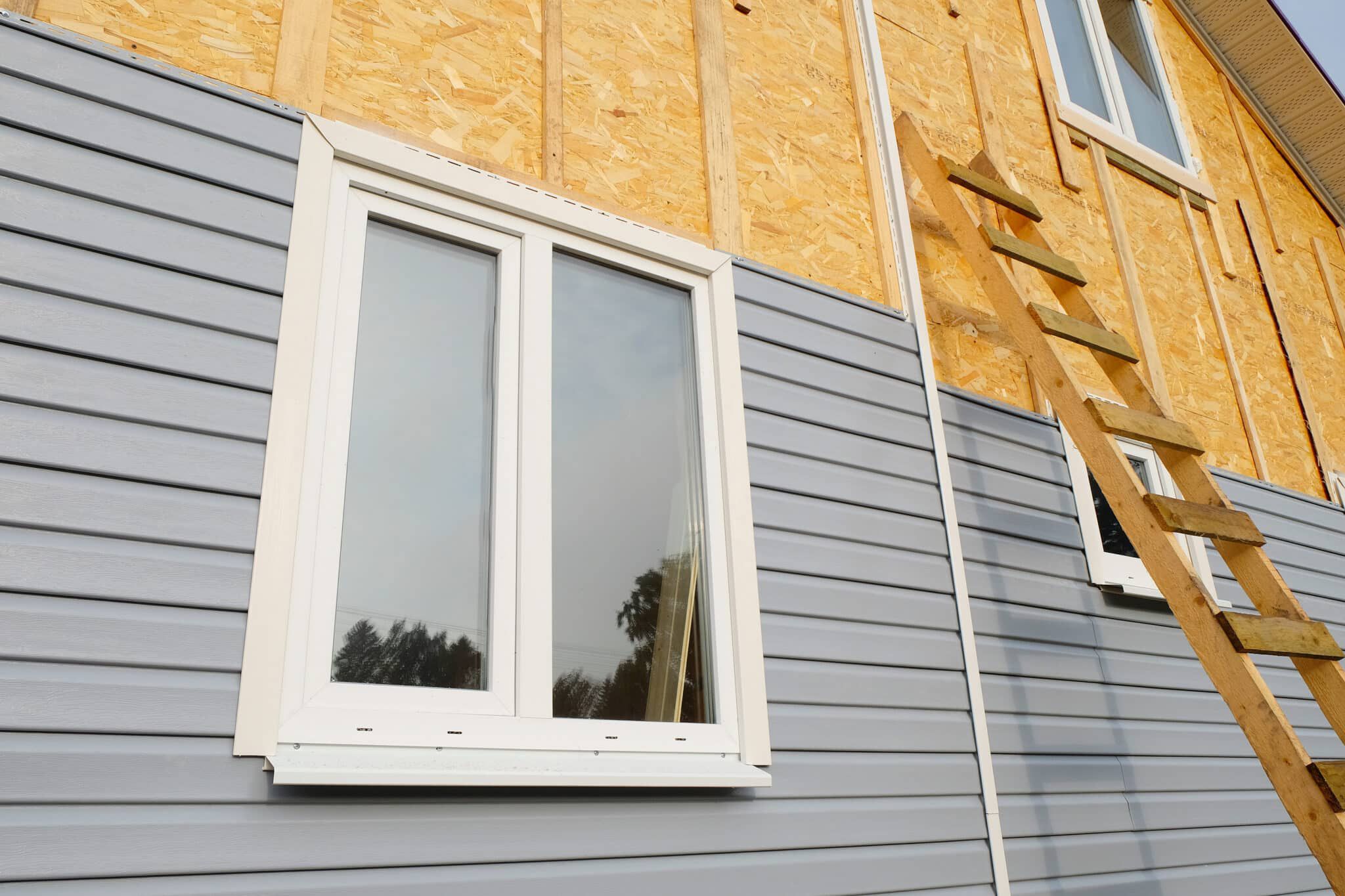
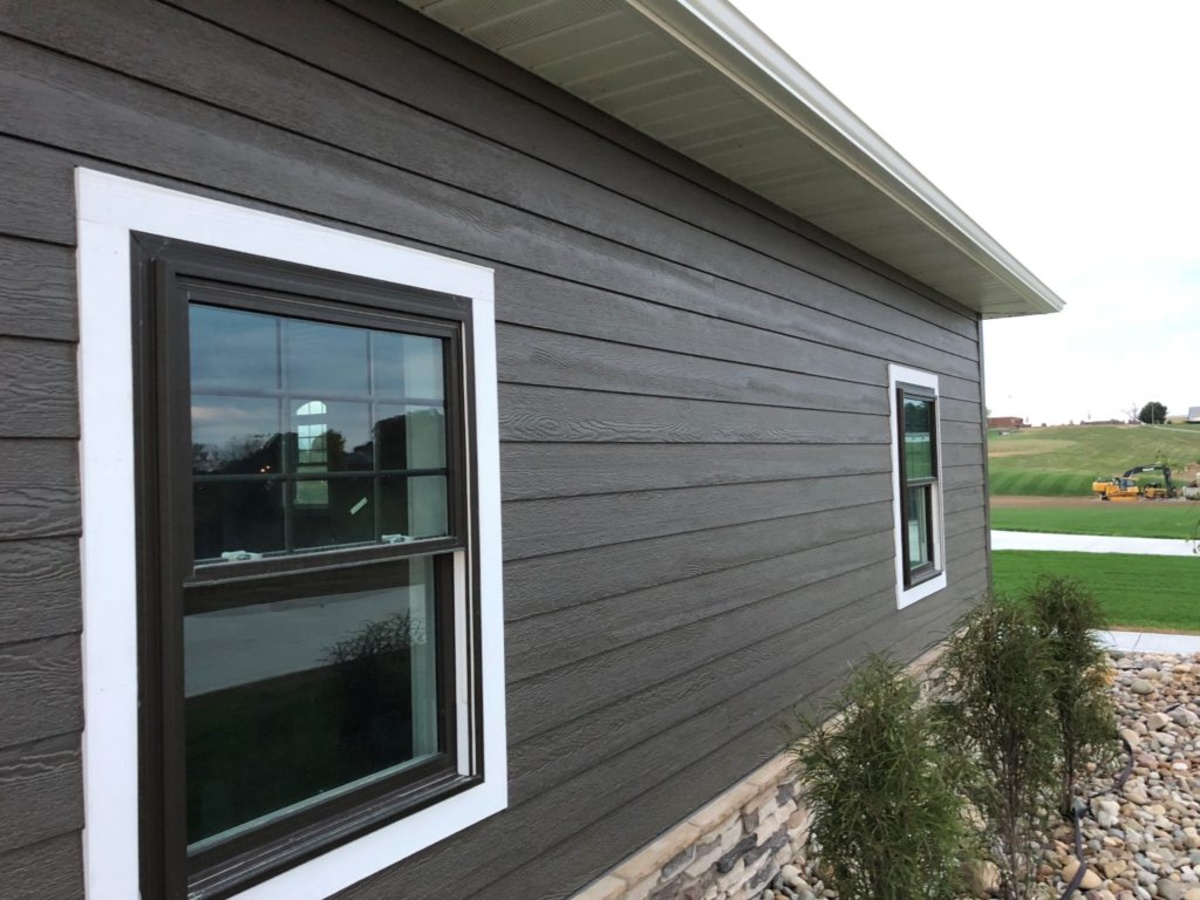
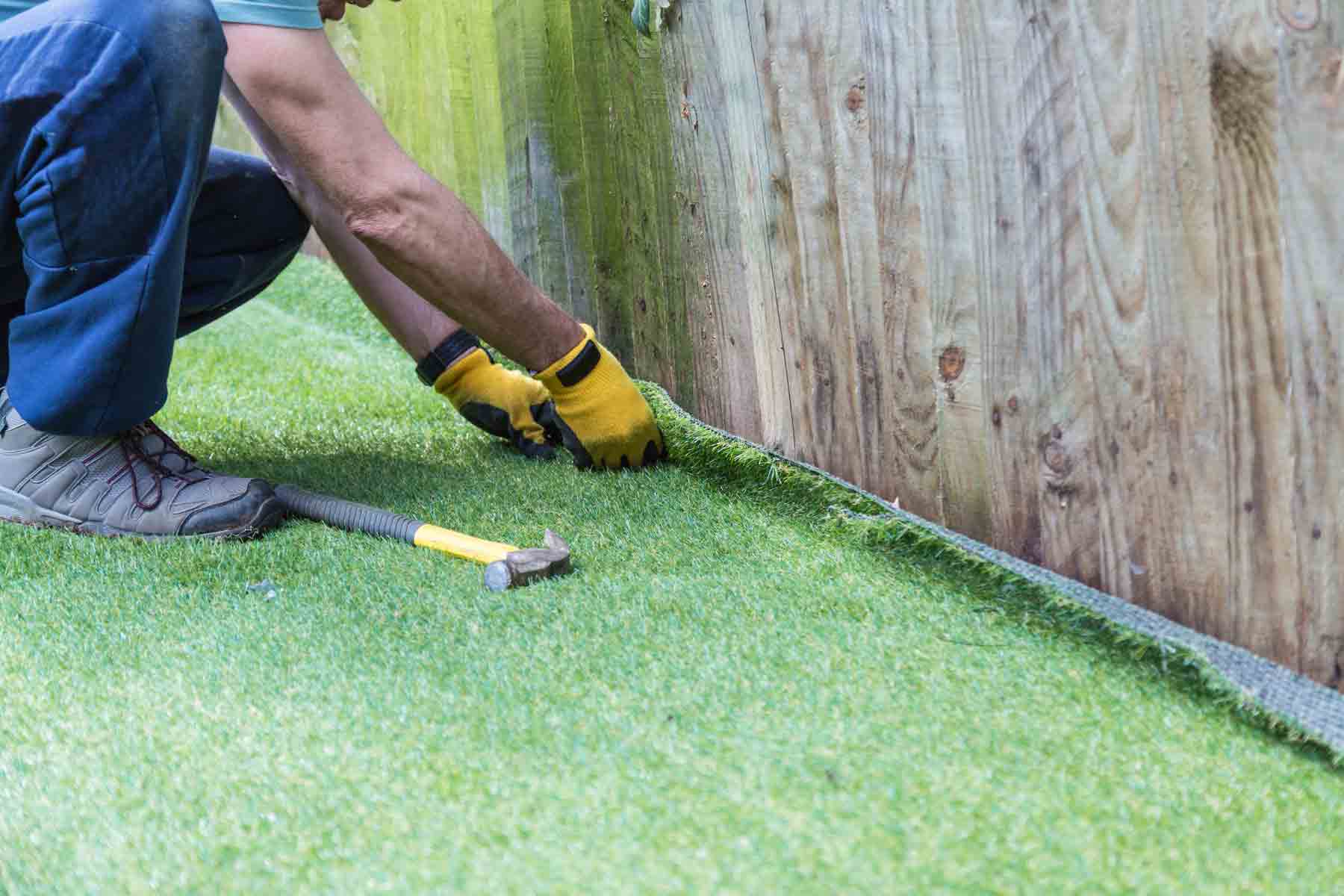
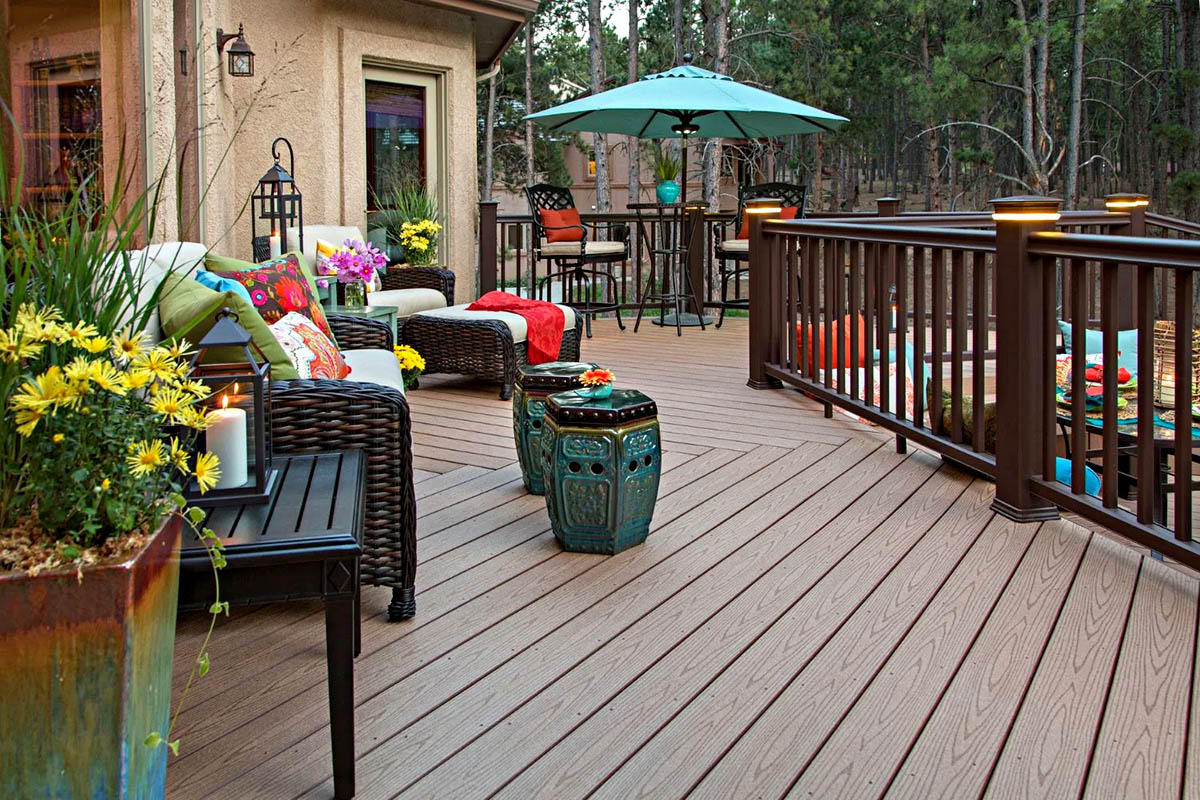
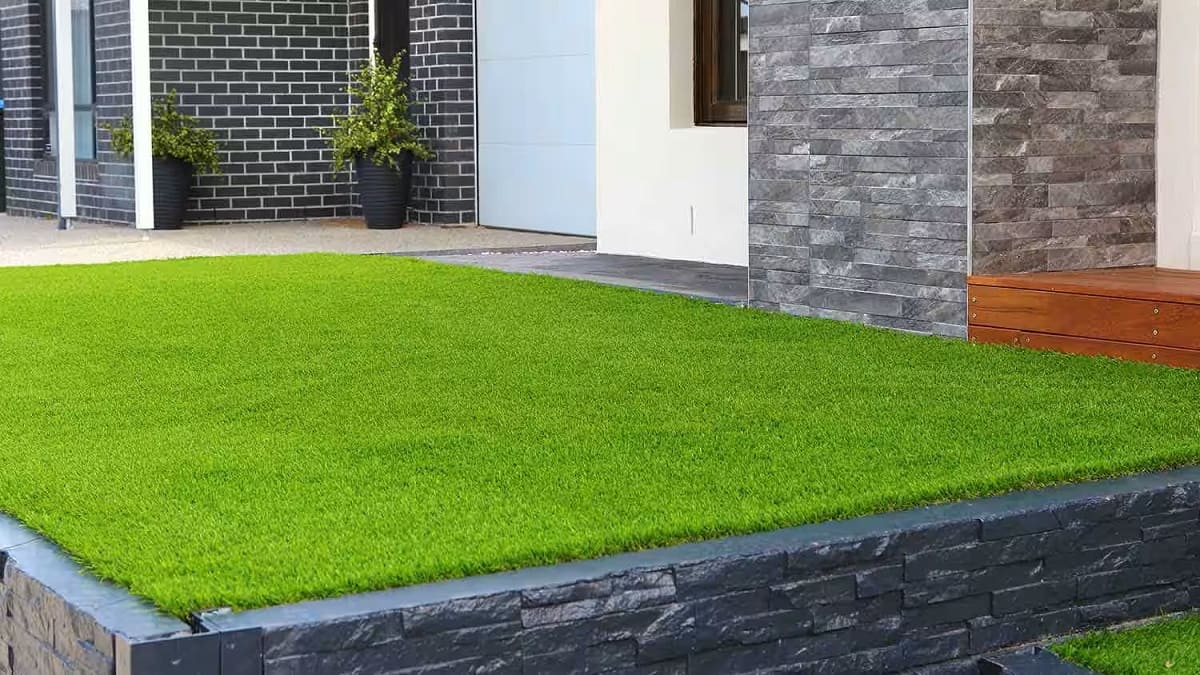
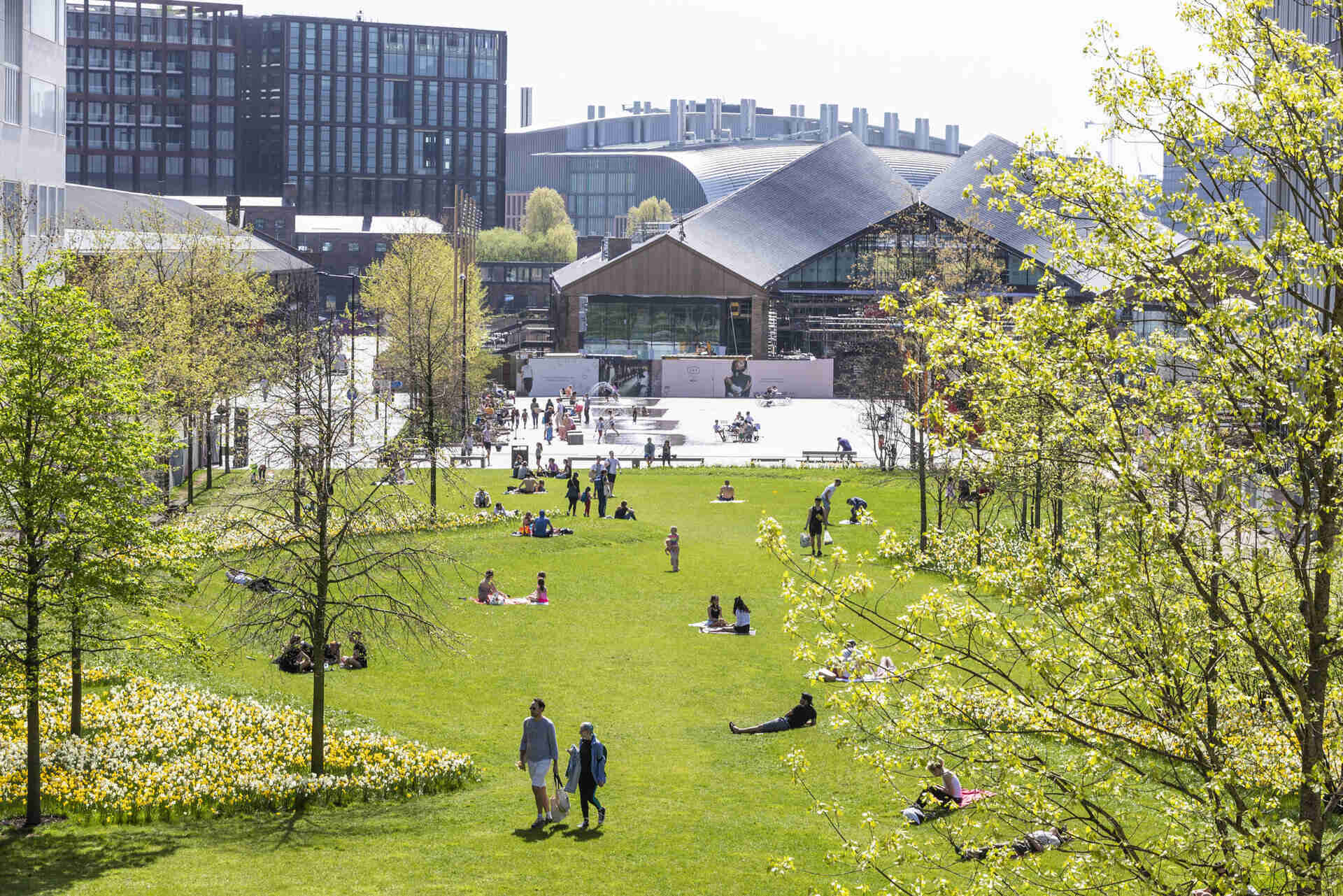
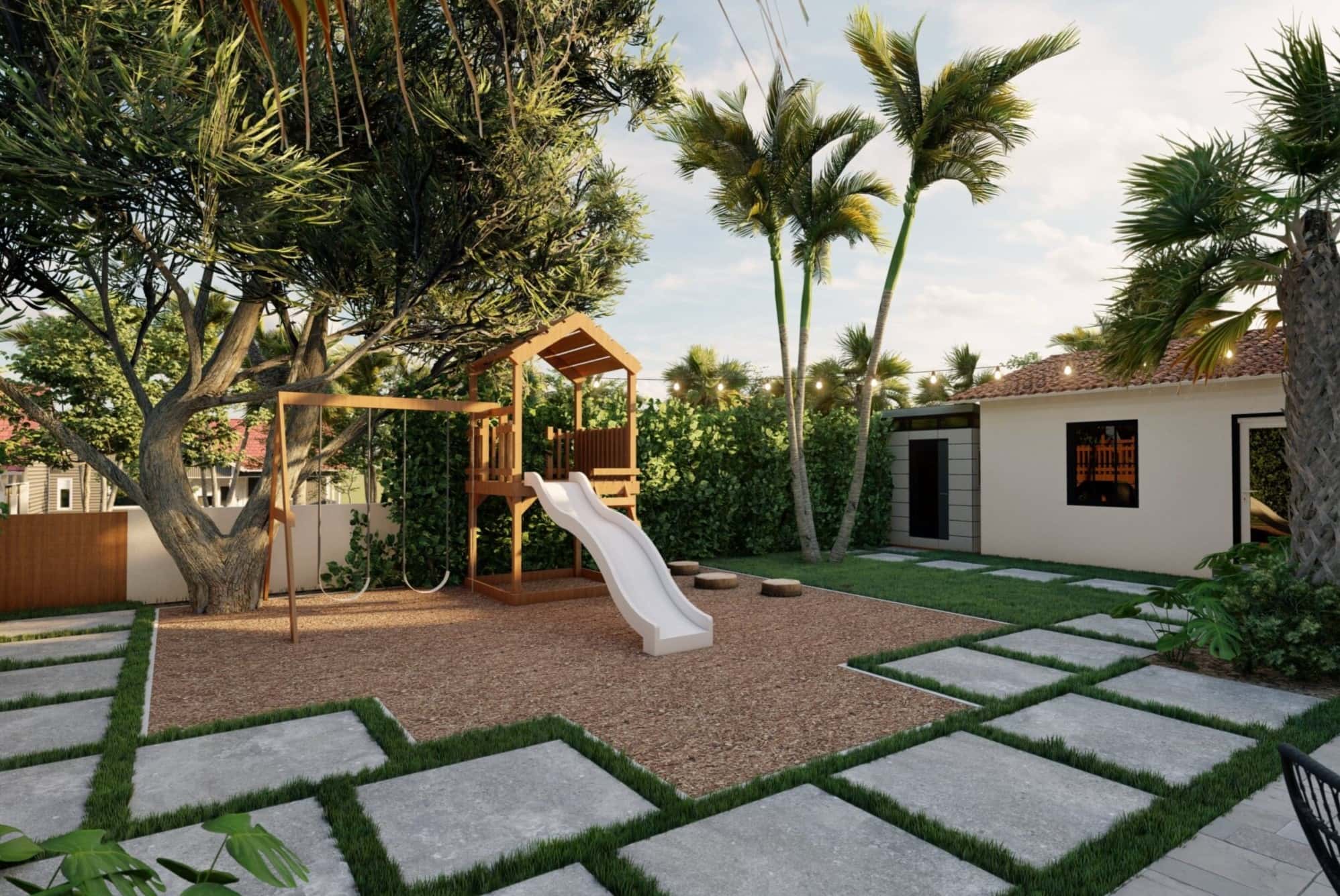
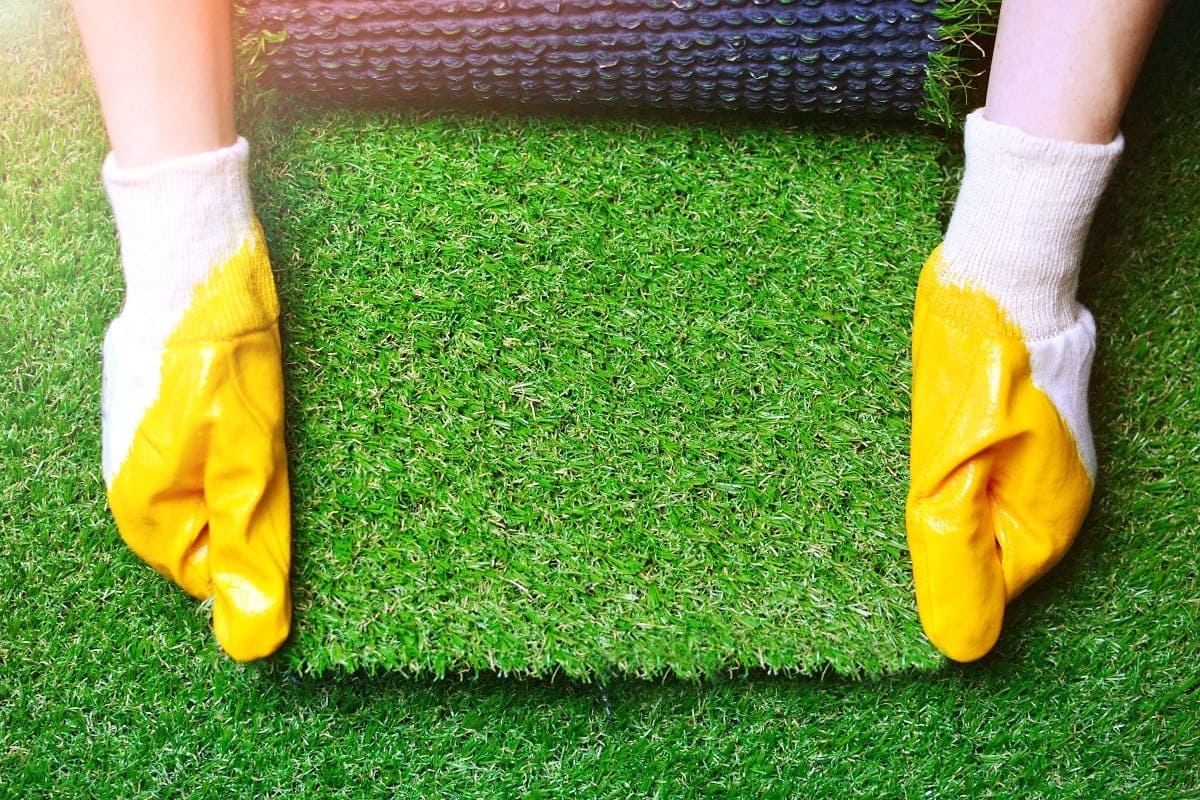

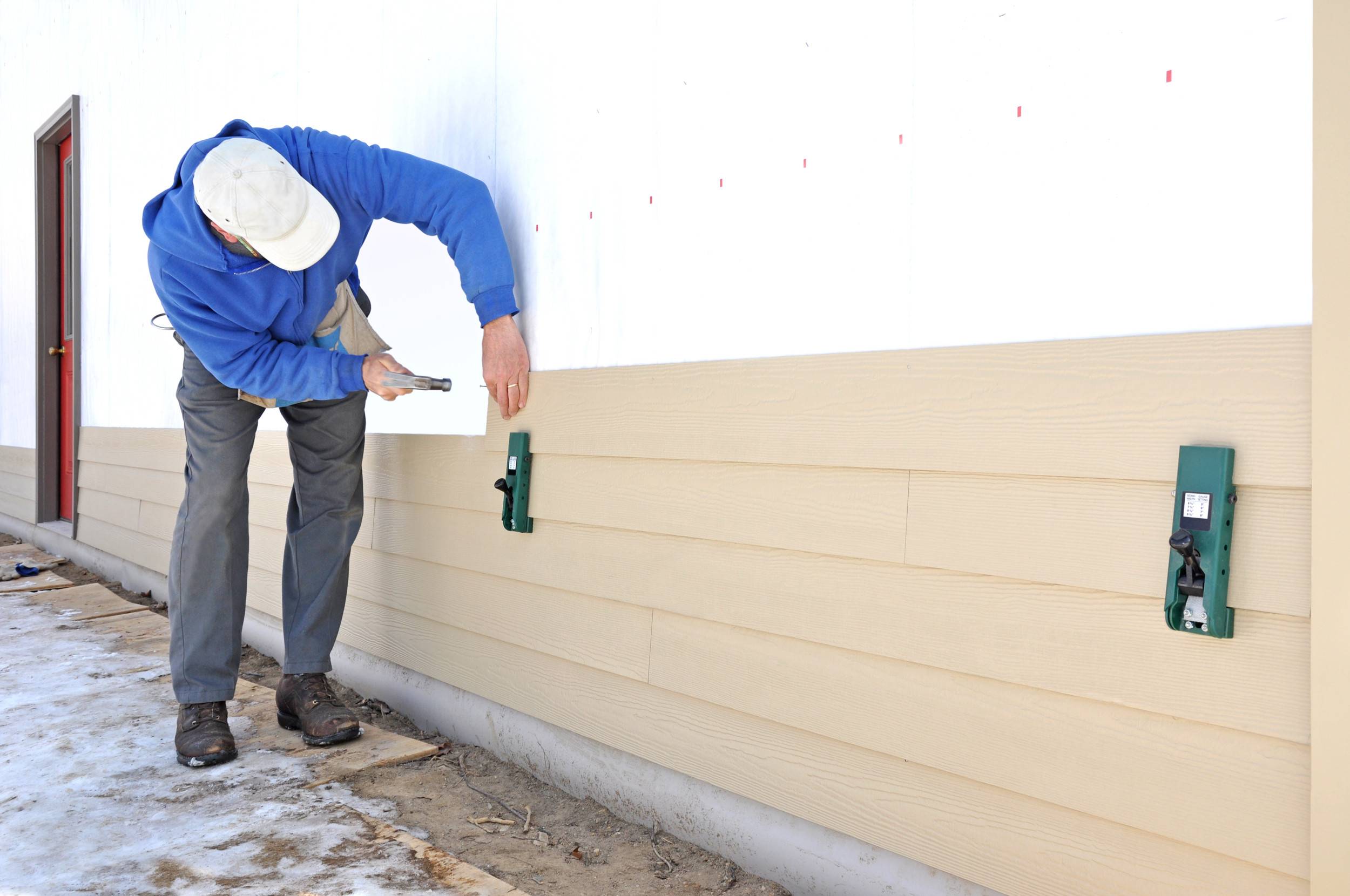
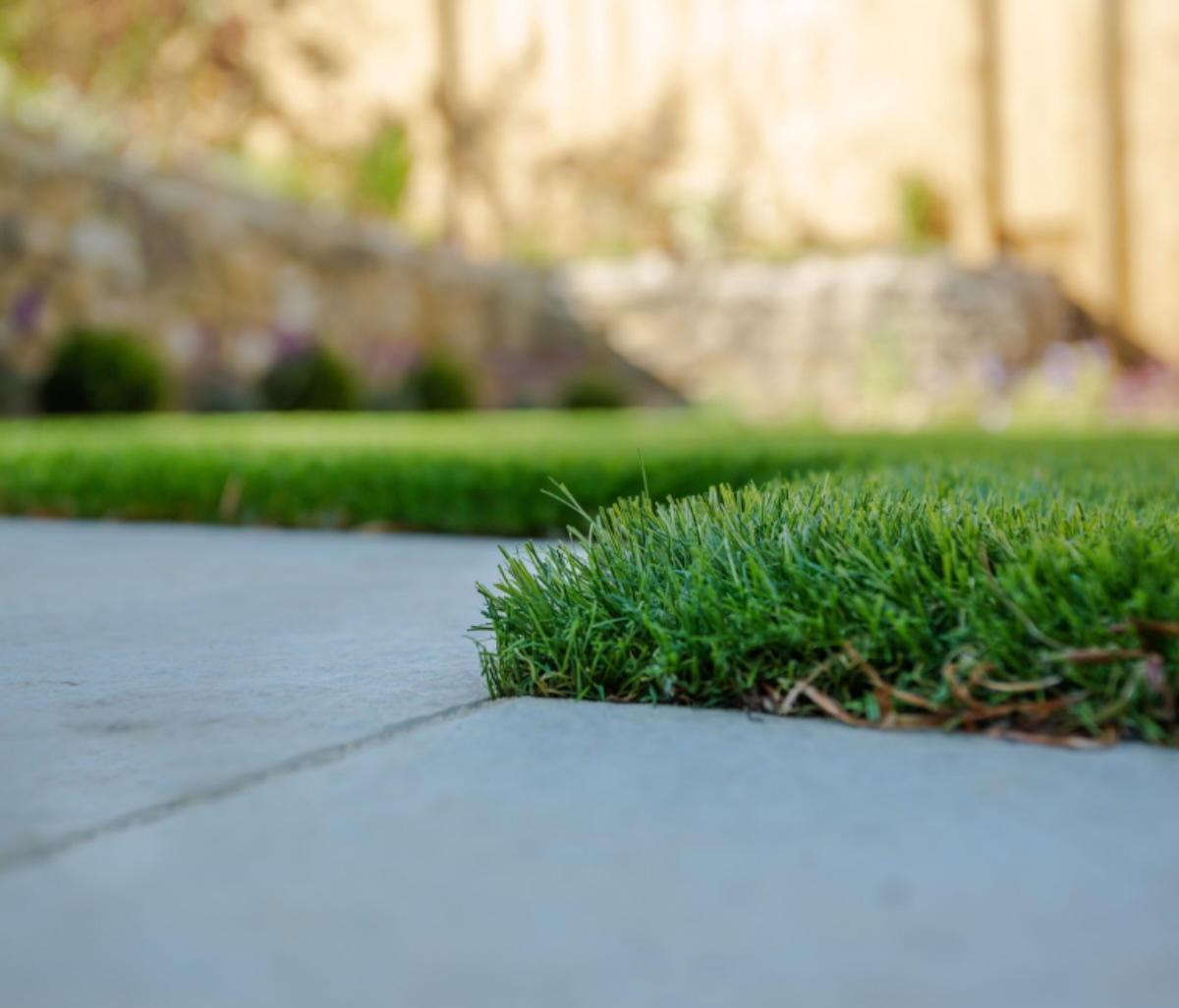
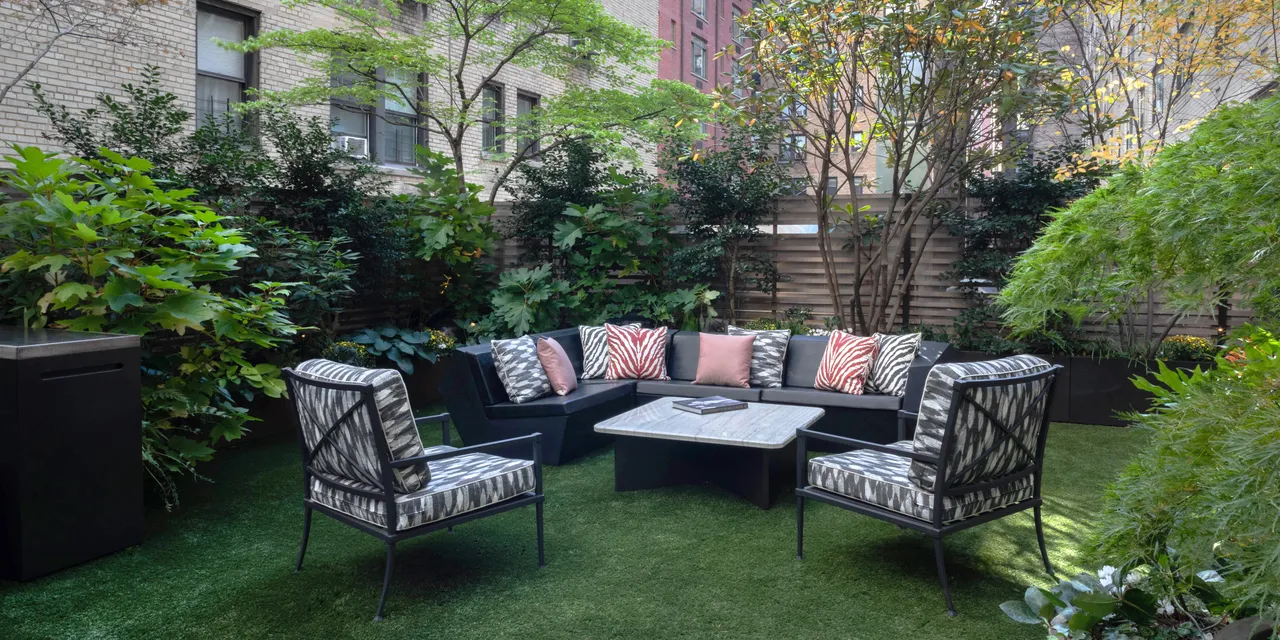
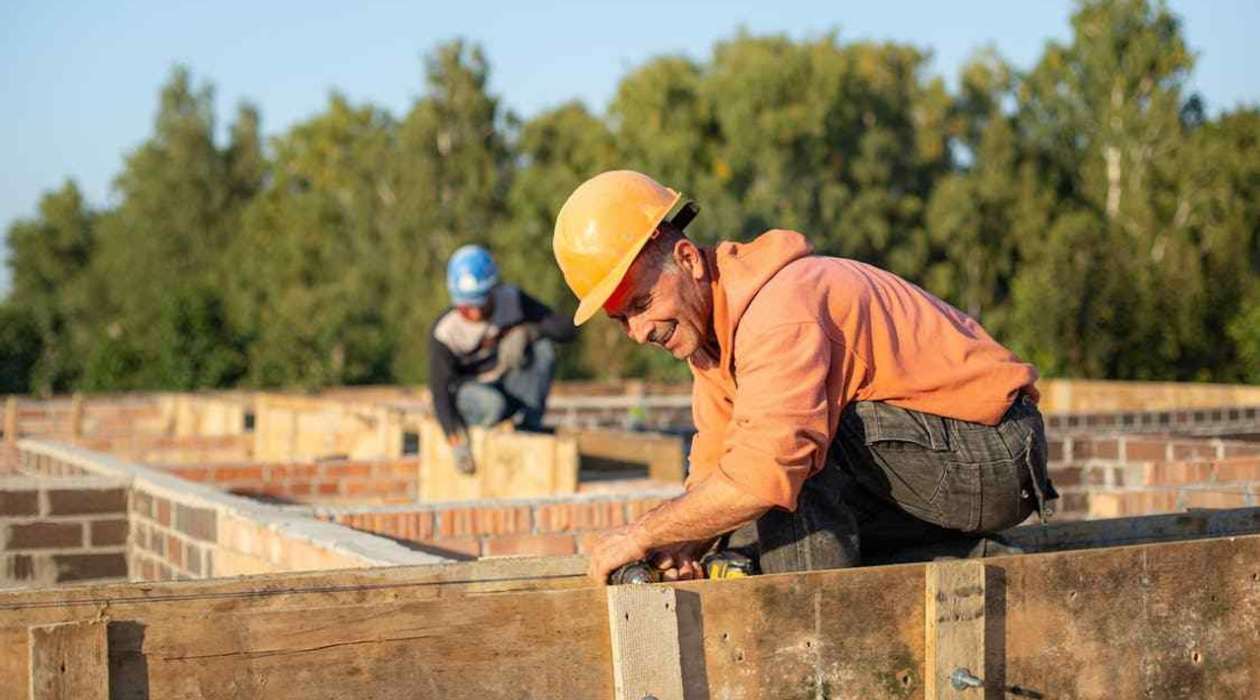

0 thoughts on “How Much Is Fake Grass Per Square Meter”